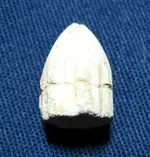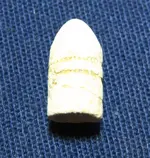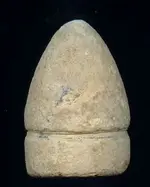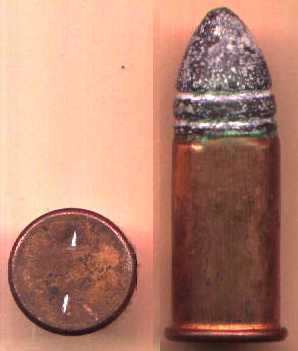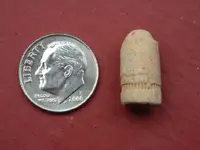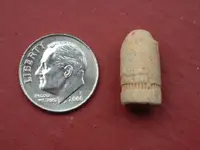Valley Ranger
Silver Member
- Joined
- Mar 24, 2011
- Messages
- 2,516
- Reaction score
- 1,369
- Golden Thread
- 0
- Location
- Shenandoah Valley
- 🏆 Honorable Mentions:
- 1
- Detector(s) used
- Minelab Equinox 800, Garrett AT Pro (2), Makro Racer 2, Garrett AT Pinpointer (2)
- Primary Interest:
- Relic Hunting
Can anyone help me ID these 2 bullets?  The first is a 45 caliber and is about .65 inches long. It also appears to have rifling marks on it. The second one is 30 caliber and about .57 inches long. Both were dug near Brandy Station in Culpeper, Virginia. Thanks in advance for any help.
The first is a 45 caliber and is about .65 inches long. It also appears to have rifling marks on it. The second one is 30 caliber and about .57 inches long. Both were dug near Brandy Station in Culpeper, Virginia. Thanks in advance for any help.
 The first is a 45 caliber and is about .65 inches long. It also appears to have rifling marks on it. The second one is 30 caliber and about .57 inches long. Both were dug near Brandy Station in Culpeper, Virginia. Thanks in advance for any help.
The first is a 45 caliber and is about .65 inches long. It also appears to have rifling marks on it. The second one is 30 caliber and about .57 inches long. Both were dug near Brandy Station in Culpeper, Virginia. Thanks in advance for any help.


